Carpets and Islamic Art at the MIA, Doha
‘Imperial Threads: Motifs and Artisans from Turkey, Iran and India’, the current exhibition at the Museum of Islamic Art in Doha, Qatar (15 March–4 November 2017), brings a new perspective to the MIA’s remarkable permanent collection by illuminating the connections between the three major dynasties at the start of the early modern period in Islamic art (16th–19th century).
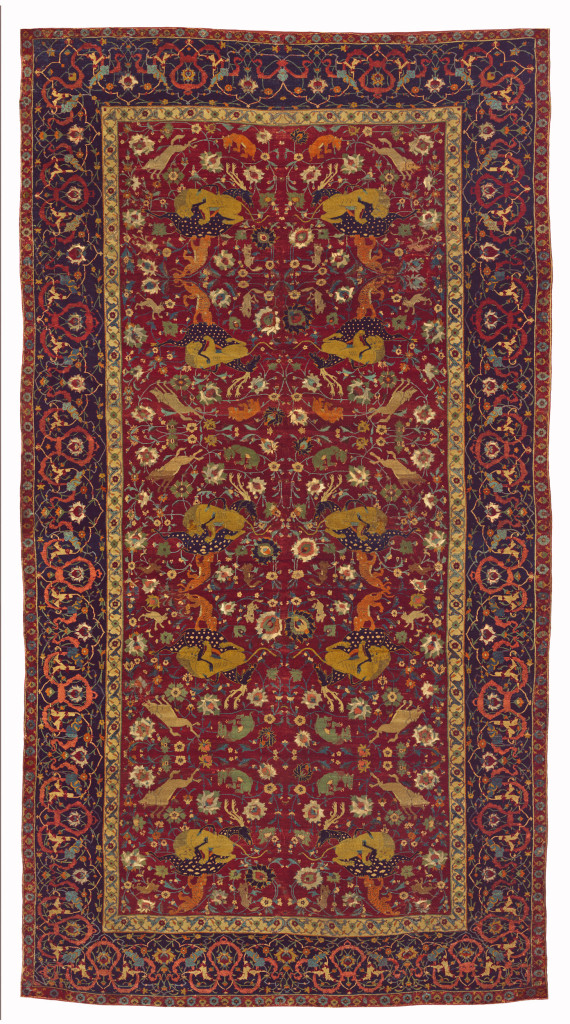
The Sarre Ardabil Animal Carpet, Safavid, Iran, 16th century. Wool and silk pile with brocaded metal threads. 354 x 183 cm. CA.43.2002
Cultural exchange between the Ottoman Safavid and Mughal realms, with high levels of patronage and artistic craftsmanship, engendered an entirely new and distinctive decorative vocabulary, building upon earlier Islamic tradition and foreign artistic influences. The exhibition focuses on carpets as a premier medium of artistic synthesis, with manuscripts, metalwork, ceramics, and other objects also featured to illustrate the historical and artistic context of this time.
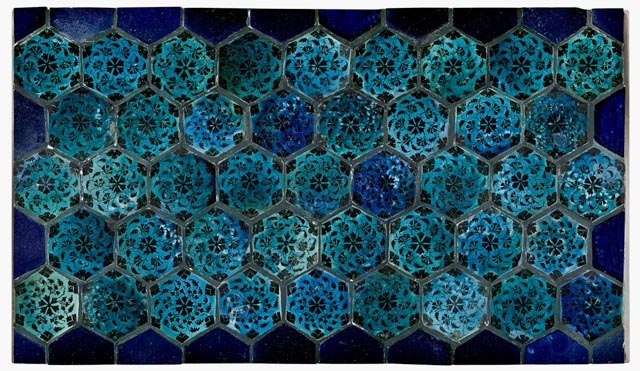
Black and Turquoise-Glazed Hexagonal Tiles with Floral Motifs, Timurid or Safavid, Iran (Tabriz), 15th -16th century
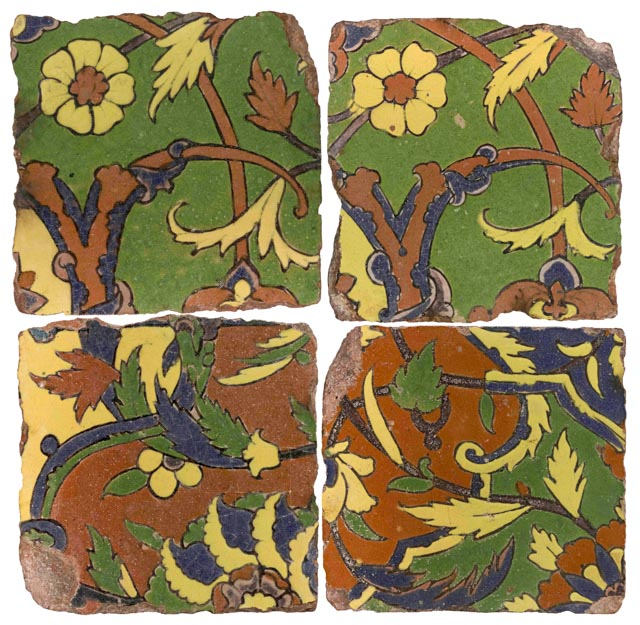
Polychrome Cuerda Seca Tiles with Floral and Foliate Motifs, Mughal, Pakistan (Lahore), 17th century
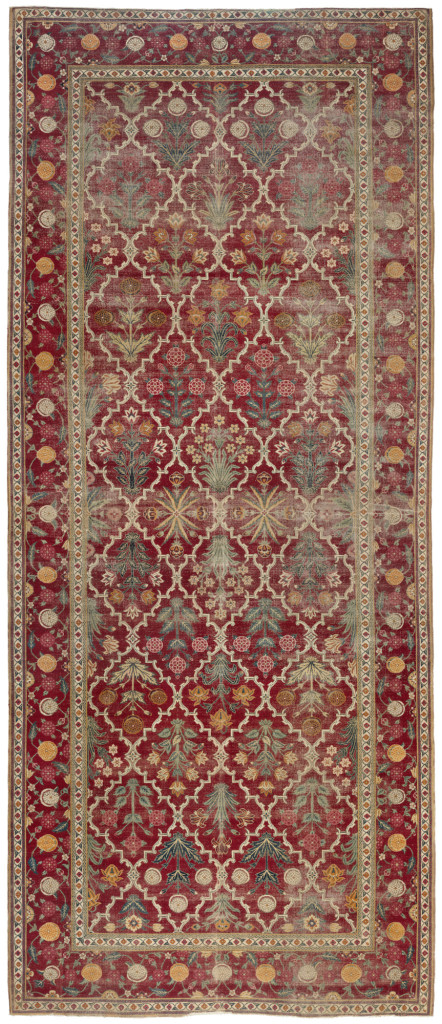
Flower and Lattice Carpet, Mughal, Lahore or Kashmir, Mid-17th century. Wool pile on a cotton foundation, 580 x 246 cm. CA.23.1998

Cuerda Seca PolychromeTile Panel with Floral Motifs [6 Tiles], Safavid, Iran (Isfahan), 17th century


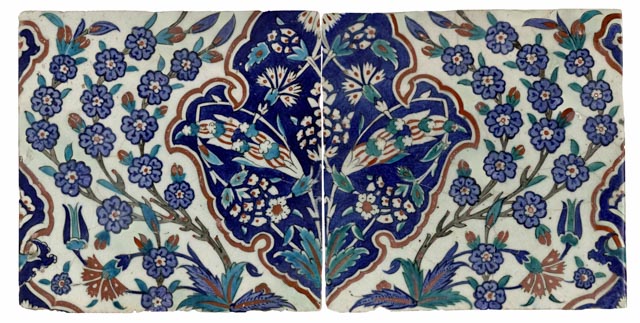
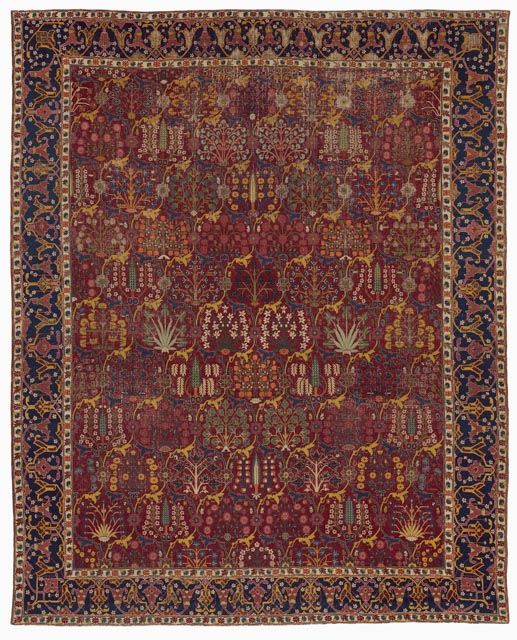

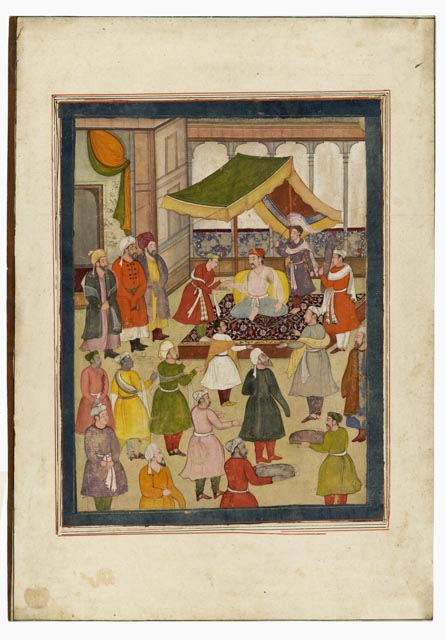
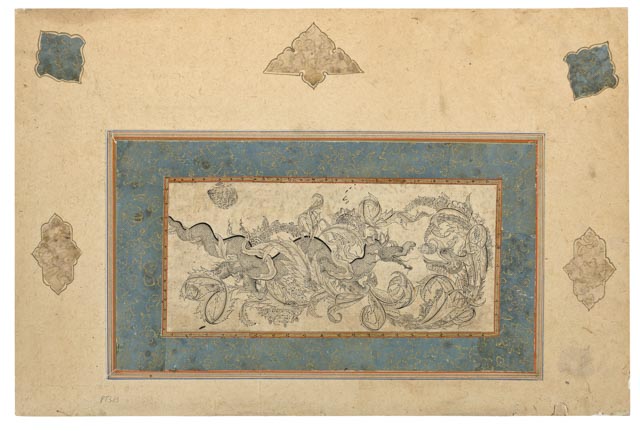

























Comments [0] Sign in to comment